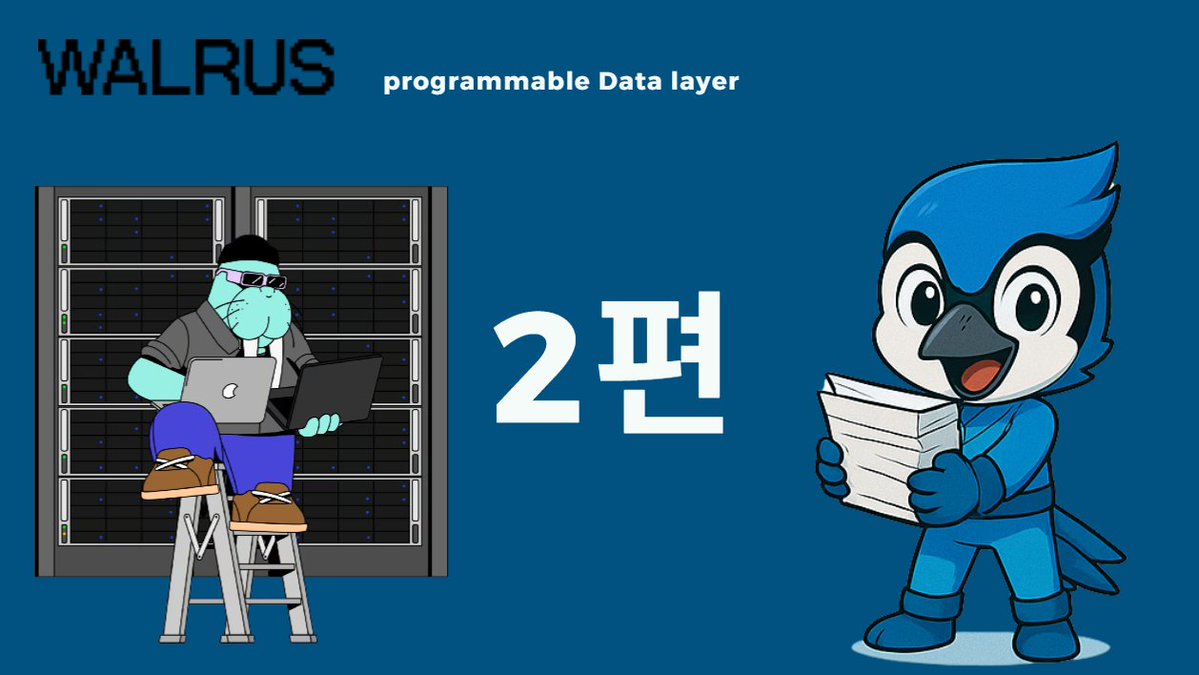Walrus Protocol Technology - Part 2: The Technology of Storage
While studying about @WalrusProtocol together, I learned that it utilizes the Red Stuff method for ultra-efficient storage. This is actually referred to as the first so-called two-dimensional fountain code applied in a service. If we dig a little deeper into this:
- It is equipped with a self-recovery feature for data.
- No complex mathematical operations are required.
- It is very fast, using only XOR operations.
- It can encode large files in GB size (especially videos) all at once. (For example, a 10GB file can be processed in just 1.2 seconds.)
In addition, the efficiency of storage is also very important. Most competitors engage in what is called "storage overhead," which involves saving data multiple times in case the data gets corrupted or lost.
Filecoin has 25 times, Arweave has 100-1,000 times, and Storj or Sia has 3 times, while other competitors need to retransmit the entire file for recovery.
The technical advantage of Walrus is that it only uses 4.5 times the overhead while being able to recover exactly the amount of lost data.
Moreover, as data accumulates, it grows larger and becomes burdensome, but Walrus has the advantage of being less burdensome even as it grows rapidly through logarithmic expansion. This is because it uses PoA, or Proof of Availability (which is similar to the Proof of Attribution in open ledgers! Only the acronym is the same!).
- Unlike competitors, it does not require proof for each file, but instead requests nodes randomly and asynchronously with "show me the specific byte and Merkle path of this piece," and if a node fails, it automatically proceeds with slashing (token reduction) and regeneration of the data piece. (The burden of data readiness on nodes does increase, but it is beneficial for users.)
In other words, it is structured to perform light verification while being able to take immediate action if problems arise.
Show original
6.6K
8
The content on this page is provided by third parties. Unless otherwise stated, OKX is not the author of the cited article(s) and does not claim any copyright in the materials. The content is provided for informational purposes only and does not represent the views of OKX. It is not intended to be an endorsement of any kind and should not be considered investment advice or a solicitation to buy or sell digital assets. To the extent generative AI is utilized to provide summaries or other information, such AI generated content may be inaccurate or inconsistent. Please read the linked article for more details and information. OKX is not responsible for content hosted on third party sites. Digital asset holdings, including stablecoins and NFTs, involve a high degree of risk and can fluctuate greatly. You should carefully consider whether trading or holding digital assets is suitable for you in light of your financial condition.

